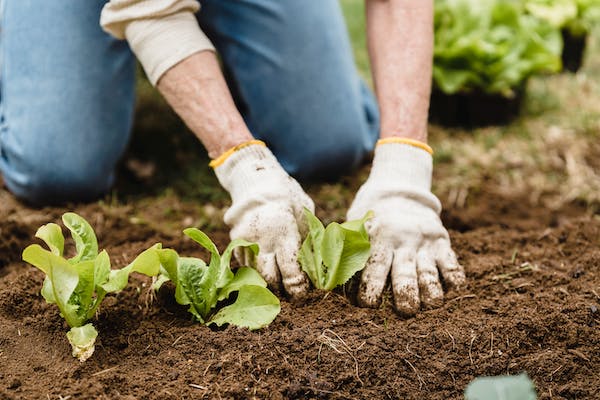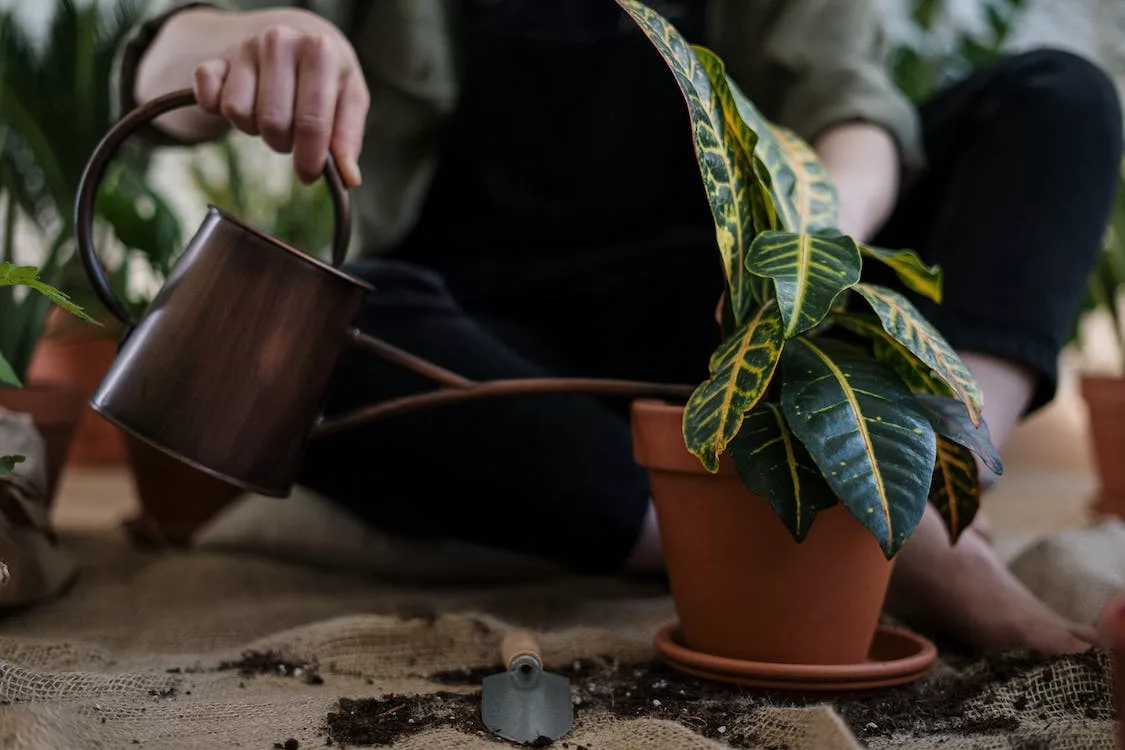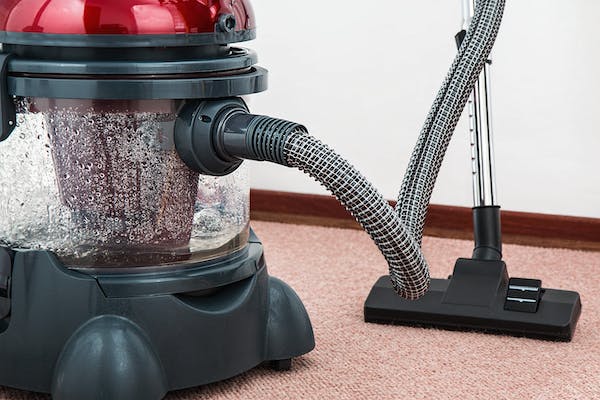Vegetable gardening is a rewarding and fulfilling hobby that allows you to grow your own fresh and healthy produce right in your backyard. Whether you’re a novice gardener or have been tending to your vegetable garden for years, there are always new techniques and strategies to learn and implement.
In this comprehensive guide, we will explore essential vegetable gardening tips and tricks that can help you maximize your harvest and create a thriving garden. From soil preparation to pest management and everything in between, this article will cover it all.
1. Choosing the Right Location
Sunlight Requirements
One of the most critical factors in a successful vegetable garden is sunlight. Most vegetables require at least 6 to 8 hours of direct sunlight daily. Ensure that your chosen garden location receives adequate sunlight throughout the day. If you have limited sunlight, consider planting vegetables that can tolerate partial shade, such as lettuce, spinach, or kale.
Soil Quality
Healthy soil is the foundation of a productive vegetable garden. Before planting, it’s essential to test your soil’s pH and nutrient levels. You can buy a soil testing kit or send a sample to a local agricultural extension office for analysis. Based on the results, you can make necessary amendments to adjust the pH and nutrient content of your soil. Adding organic matter, such as compost or well-rotted manure, can improve soil structure and fertility.
Access to Water
Easy access to water is crucial for your garden’s success. Install a reliable irrigation system or set up soaker hoses to ensure consistent moisture. Consider rain barrels or drip irrigation to conserve water and reduce your water bill. Additionally, monitor your garden for signs of overwatering or underwatering, as both can lead to plant stress and reduced yields.
Wind and Shelter
Strong winds can damage plants and reduce yields. If your garden is in a windy area, consider planting windbreaks, such as tall shrubs or fences, to protect your vegetables. Providing some form of shelter, like a garden shed or trellis, can also offer shade during hot summer days and protect delicate plants from extreme weather conditions.
2. Soil Preparation
Soil Testing
Before planting your vegetables, it’s essential to know your soil’s composition. A soil test will provide valuable information about its pH level, nutrient content, and any potential deficiencies or imbalances. Most garden centers offer soil testing kits, or you can contact your local agricultural extension office for assistance. Testing your soil will help you make informed decisions about soil amendments and fertilizer applications.
Soil Amendments
Based on your soil test results, you may need to amend your soil to create the ideal growing environment for your vegetables. Common soil amendments include:
- Compost: Rich in organic matter, compost improves soil structure and provides essential nutrients to plants.
- Manure: Well-rotted manure adds nutrients and organic matter to the soil.
- Peat Moss: Helps retain moisture and improve soil texture.
- Gypsum: Can be used to adjust soil pH and improve drainage in clayey soils.
Apply these amendments as recommended in your soil test results to correct any deficiencies or imbalances.
Raised Beds vs. In-Ground Beds
You can choose between raised beds and in-ground beds for your vegetable garden. Raised beds offer several advantages, including improved drainage, better soil control, and reduced weed growth. In-ground beds are suitable if you have excellent soil quality and don’t want to invest in raised beds. Whichever you choose, make sure the soil is well-prepared and enriched with organic matter.
Mulching
Mulching is a valuable practice in vegetable gardening. It helps conserve moisture, suppress weeds, and regulate soil temperature. Organic mulch materials, such as straw, leaves, or wood chips, can be applied around your plants. Mulch also enhances the aesthetics of your garden while providing a natural barrier against pests.
3. Selecting the Right Vegetables
Climate and Zone Considerations
Choosing vegetables that are well-suited to your local climate and USDA hardiness zone is essential. Different vegetables thrive in various temperature ranges and growing conditions. Research which vegetables are suitable for your region and plan your garden accordingly. Your local garden center or extension office can provide guidance on the best vegetable varieties for your area.
Companion Planting
Companion planting involves strategically planting different crops together to enhance growth, repel pests, or improve flavor. For example, planting marigolds alongside tomatoes can deter aphids, while growing basil near tomatoes can enhance their flavor. Consider companion planting to maximize the health and productivity of your garden.
Crop Rotation
Crop rotation is a practice that involves changing the location of your vegetables each season. This helps prevent soil depletion of specific nutrients and reduces the risk of soil-borne diseases. Develop a crop rotation plan that moves vegetables from one bed to another each year, ensuring a more balanced and healthy garden.
4. Planting Techniques
Starting from Seeds vs. Transplants
You can start your vegetable garden from either seeds or transplants. Starting from seeds allows you to choose from a wider variety of vegetables and can be more cost-effective. Transplants, on the other hand, provide a head start and can be especially useful for short growing seasons. Follow the instructions on seed packets or plant labels for proper planting depth and spacing.
Spacing and Depth
Proper spacing and planting depth are crucial for healthy plant growth. Overcrowded plants can compete for nutrients and sunlight, leading to reduced yields and increased disease risk. Refer to seed packets or plant labels for recommended spacing and planting depth guidelines for each vegetable variety.
Watering Practices
Watering is a critical aspect of vegetable gardening. Be mindful of the following watering practices:
- Deep watering: Water deeply to encourage deep root growth. Shallow watering can lead to shallow roots and weaker plants.
- Morning watering: Water in the morning to allow foliage to dry before evening, reducing the risk of fungal diseases.
- Use a soaker hose or drip irrigation: These methods deliver water directly to the root zone, minimizing water waste and reducing the likelihood of leaf diseases.
- Mulch: Apply mulch to retain soil moisture and reduce the frequency of watering.
5. Maintaining Your Garden
Watering Schedule
Establishing a consistent watering schedule is essential for plant health. Vegetables generally need about 1 to 1.5 inches of water per week, but this can vary depending on weather conditions and soil type. Monitor your garden regularly and adjust your watering schedule accordingly to avoid drought stress or overwatering.
Fertilization
To ensure optimal growth, provide your vegetables with the necessary nutrients. You can use organic or synthetic fertilizers, but it’s crucial to follow recommended application rates. Over-fertilization can harm plants and the environment. Consider using slow-release fertilizers that provide nutrients gradually throughout the growing season.
Weeding
Weeds can compete with your vegetables for nutrients, sunlight, and space. Regularly inspect your garden for weeds and remove them promptly. Mulching can help suppress weed growth, making maintenance easier. Hand pulling or using a weeding tool can help keep your garden weed-free.
Pruning and Thinning
Pruning and thinning your plants can improve air circulation and reduce the risk of diseases. Some vegetables, like tomatoes and peppers, benefit from pruning to remove suckers and encourage fruit production. Thinning overcrowded plants allows for better airflow and helps prevent the spread of diseases.
6. Pest and Disease Management
Identifying Common Pests and Diseases
Recognizing common garden pests and diseases is essential for early intervention. Common garden pests include aphids, caterpillars, and slugs, while diseases like powdery mildew and blight can affect your crops. Regularly inspect your plants for signs of damage or illness, and identify the culprits for targeted control.
Organic Pest Control Methods
Opt for organic pest control methods to minimize harm to beneficial insects and the environment. Some organic solutions include:
- Handpicking pests: Physically remove pests like caterpillars and slugs from your plants.
- Neem oil: A natural insecticide that can control a variety of garden pests.
- Companion planting: As mentioned earlier, certain companion plants can deter pests.
- Beneficial insects: Encourage natural predators like ladybugs and parasitic wasps to control pests in your garden.
Preventative Measures
Preventing pest and disease issues is often more effective than dealing with them after they arise. Implement these preventative measures:
- Crop rotation: As previously mentioned, rotate crops to reduce the risk of soil-borne diseases.
- Good garden hygiene: Keep your garden clean by removing debris, fallen leaves, and spent plants.
- Healthy soil: Healthy soil produces robust plants that are less susceptible to diseases and pests.
- Planting resistant varieties: Choose vegetable varieties that are resistant to common diseases in your area.
7. Harvesting and Storage
When to Harvest
Harvesting vegetables at the right time is crucial for flavor and quality. Different vegetables have varying signs of ripeness. Generally, you can harvest vegetables when they are:
- Tender: Vegetables should feel tender when gently squeezed.
- Vibrant in color: Colors should be bright and consistent.
- Full-sized: Harvest at the appropriate size for each vegetable.
Proper Harvesting Techniques
Use sharp, clean garden scissors or shears to harvest your vegetables. Avoid tearing or damaging the plants. Some vegetables, like tomatoes and peppers, are best harvested by cutting them from the plant with a small portion of the stem attached. For leafy greens, pick individual leaves or cut them about an inch above the ground, allowing the plant to continue producing.
Storing Vegetables
Proper storage ensures that your harvested vegetables stay fresh longer. Consider the following storage tips:
- Root vegetables: Store root vegetables like carrots and potatoes in a cool, dark place with good ventilation.
- Leafy greens: Keep leafy greens in the refrigerator, wrapped in a damp cloth or in a plastic bag with air holes.
- Tomatoes: Store tomatoes at room temperature until they ripen, then move them to the refrigerator to extend their shelf life.
- Cucumbers and zucchinis: Store these vegetables in the crisper drawer of the refrigerator.
8. Seasonal Considerations
Spring Gardening Tips
- Early planting: Start cool-season crops like lettuce, spinach, and peas as soon as the soil can be worked.
- Frost protection: Be prepared to protect your plants from late spring frosts with row covers or cloths.
- Weed control: Stay on top of weeds as they can grow rapidly in the spring.
Summer Gardening Tips
- Watering: Increase your watering frequency during hot summer months to keep plants hydrated.
- Mulch: Apply mulch to retain soil moisture and keep the soil cooler.
- Pest vigilance: Monitor for pests like aphids and caterpillars, which are more active in warm weather.
Fall Gardening Tips
- Planting: Continue planting cool-season crops in late summer for a fall harvest.
- Harvesting: Harvest mature vegetables before the first frost.
- Cleaning up: Remove spent plants and debris to prevent overwintering pests and diseases.
Winter Gardening Tips
- Cover crops: Consider planting cover crops like winter rye or clover to protect and improve the soil during the winter.
- Garden planning: Use the winter months to plan next year’s garden and order seeds.
9. Troubleshooting Common Issues
Yellowing Leaves
Yellowing leaves can indicate nutrient deficiencies or overwatering. Conduct a soil test to determine if nutrient imbalances are present. Adjust your watering schedule if necessary and provide appropriate fertilization.
Leggy Seedlings
Leggy seedlings have long, weak stems and may bend toward the light source. Ensure that seedlings receive sufficient light, and use a fan to gently encourage stem strength. Transplant seedlings at the appropriate time to prevent legginess.
Blossom End Rot
Blossom end rot, often seen in tomatoes and peppers, is a calcium deficiency disorder. Maintain consistent soil moisture and ensure proper calcium levels in the soil through amendments or fertilizers.
Bolting
Bolting occurs when plants prematurely produce flowers and seeds, typically in response to high temperatures. Choose heat-tolerant varieties and provide shade or mulch to keep soil temperatures lower during hot weather.
10. Resources and Further Reading
To continue expanding your knowledge and expertise in vegetable gardening, consider the following resources:
- Local gardening clubs and societies
- Gardening books and magazines
- Online forums and communities
- University extension offices and agricultural websites
- Gardening workshops and courses
In conclusion, vegetable gardening is a rewarding endeavor that offers numerous benefits, from fresh and nutritious produce to stress relief and outdoor enjoyment. By following these essential tips and tricks, you can create a successful vegetable garden that yields bountiful crops season after season. Remember that gardening is a continuous learning experience, so don’t be afraid to experiment and adapt your practices as you gain more experience and knowledge. Happy gardening!












